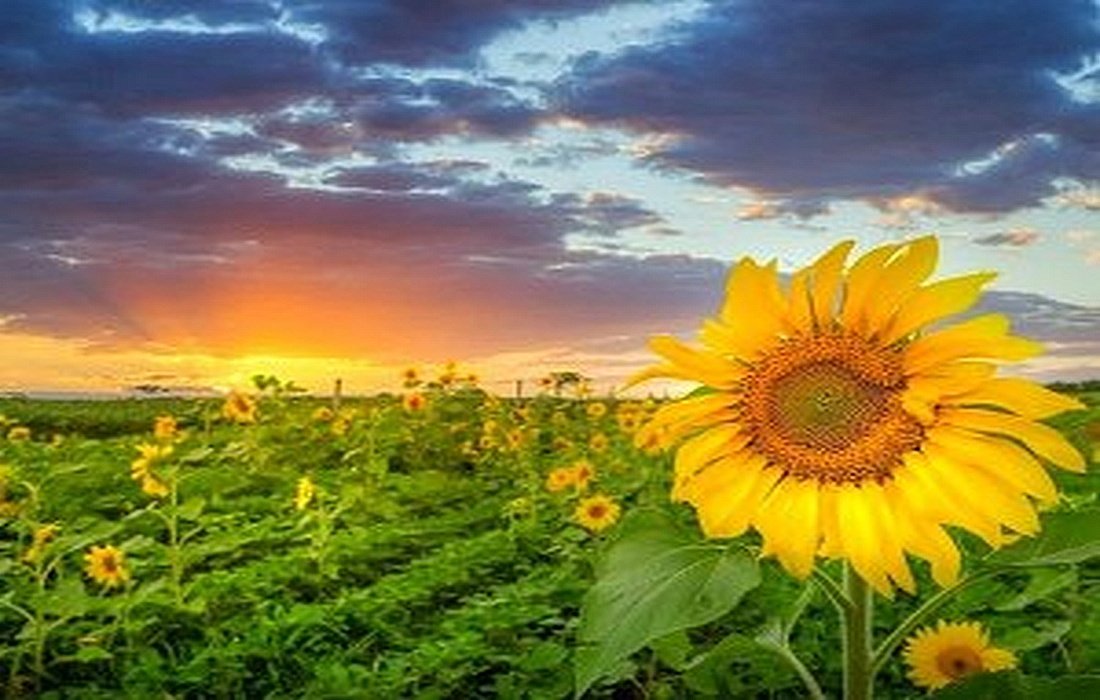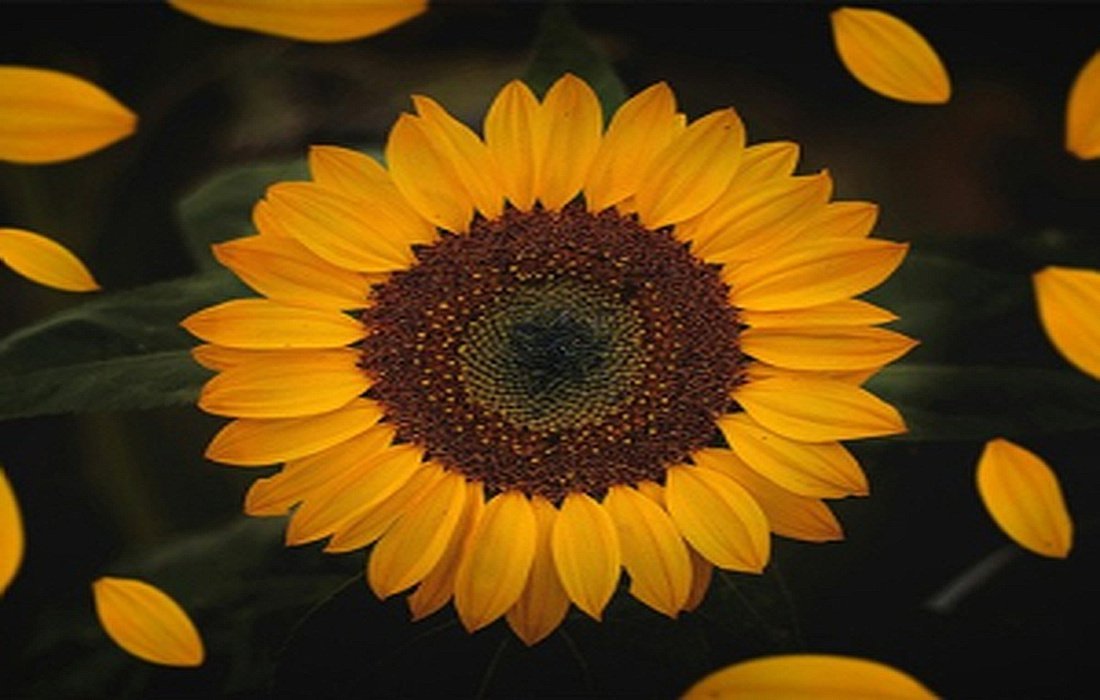Planting andSunflower cultivation
Sunflowers are tall flowers that usually come in white or red, and yellow or red. The blooms open in summer, and you can see anywhere from a thousand to four thousand seeds in each flower. Although these flowers are not considered very beautiful by plant lovers, they yield many oils that can deliciously replace butter and provide nutrients for daily use.
The roots of these plants date back four thousand years, and Native Americans also cultivate various types of this plant, using raw or cooked seeds for medicinal purposes in food. Now in this section of the SelMagz site,SelMagzwe plan to highlight some benefits of this plant and explain why we should use it.
The benefits and properties of sunflowers for gardens and agricultural land
1. Nutrition for pollination
The large outer petals of sunflowers attract bees andhoneybeesand even other types of bees can find a valuable source in the nectar and pollen of these flowers, located at the center of thousands of clusters from this plant.
Try not to use chemicals for growing this plant, but instead apply natural materials, as seeds often contain toxic chemicals that can harm important pollens.

Growing sunflowers for bee nourishment
2. Easy to grow
No flower is easier to grow than this one; they can thrive in polluted environments, along roadsides, or even in poor soil. To beautify your garden, you need to plant the seeds in a deep hole and allow the plant’s roots to grow widely. The only difference between sunflowers growing in poor or fertile soil is the size of the blooms, and for larger plants, you should choose more fertile land.
3. Brighten your garden
Sunflowers can add shine and brightness to other plants, especially if you plant them in the hot summer. To enjoy the benefits of the flowers and leaves of tall sunflowers, don’t forget to first trim the lower leaf branches so they can access the sunflower stems.
4. Detoxifying the soil
If your garden soil is polluted or growing in the city, you should plant sunflowers in those areas to detoxify heavy metals. This plant has the unique ability to absorb most chemicals and heavy metal toxins from the soil.
This list of chemicals is long and includes manganese, lead, chromium, arsenic, copper,zincand cadmium. Believe it or not, this plant absorbs toxins after nuclear events. It’s up to you to estimate how many sunflowers you need based on the size of your garden and the level of pollution in your living environment.
5. Delicious edible seeds
There are two types of sunflower seeds, black and gray, both of which are great sources of selenium,magnesiumandvitamin E.They are.
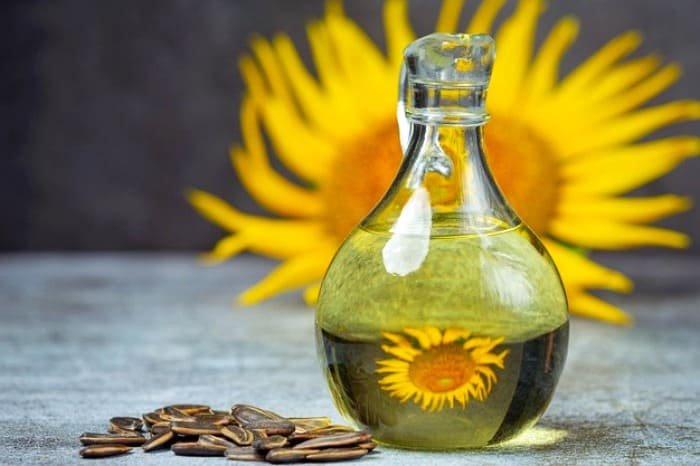
Diverse sunflower seed cultivation
Principles of proper sunflower cultivation
6. Suitable for supporting other plants
Since sunflowers grow very tall, you can use them as a support for other plants like cucumbers, melons, and squash. These vegetables can easily be held by sunflowers, andcucumberswill have healthier growth and retain soil moisture due to the sunflowers.
7. Attracts birds to the garden.
Birds help control pests, so these flowers create a balance between harmful and beneficial insects in the garden and can attract the good ones. Growing and nurturing sunflowers is one of the best ways to manage this situation, and you should never let sunflowers dry out and go without water throughout the year, even in winter.
8. Beautiful cut flowers
Sunflower blooms are very attractive and beautiful, but they often have many lines and cuts. These flowers can also be used for home decoration.
Different types of sunflowers
People grow nearly 67 beautiful varieties of sunflowers worldwide, and it’s best to find your favorite sunflower from the list we’ve prepared in this gardening secrets section on SelMagz.
1. Big Golden Sun
This sunflower essentially has a taller height, and its gold is very deep, and this type of flower is famous for its double blooms. This plant stands about 1.8 meters tall with a large head resembling a dandelion.
2. Russian Mammoth
Many people cultivate sunflowers because of their large size. These flowers can grow remarkably tall, sometimes reaching up to 3.7 meters. This type of flower has very large striped colorful seeds, which you might confuse with other plants.
3. Strawberry BlondeThis type of sunflower is multicolored and approximately 1.8 meters tall, allowing you to enjoy its pink and yellow flowers.
4. Moulin Rouge
These sunflowers are dark red and have very beautiful blooms. Whether you believe it or not, you can plant these two flowers in your garden, as they only reach 1.2 meters tall.
5. Italian White
This type of flower is not shiny and has an attractive tall stature, with a dark and colored center surrounded by white blooms. Its stems grow about one and a half meters tall, and their feature is producing multiple flowers throughout the growing season.
Types of sunflowers
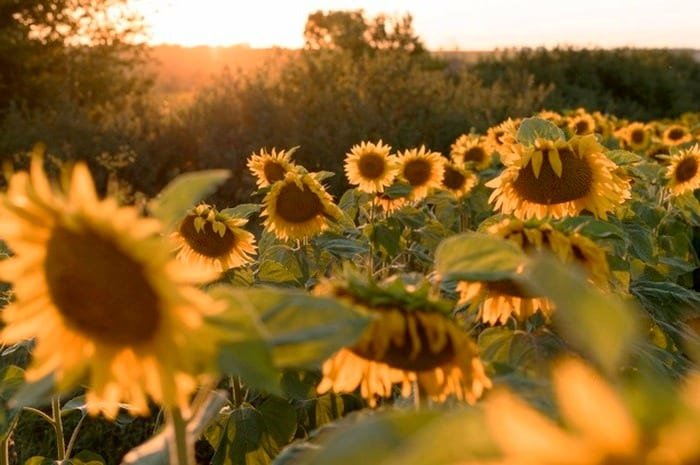
6. Sunbeam
These flowers also grow about one and a half meters tall, typically golden yellow, but are not very thick or resilient. The flowers of this plant are usually very unique.
7. Little Beckas
This sunflower grows about 1 meter tall, but it has very attractive colorful blooms that might cause slight allergies. You can enjoy these bright yellow and red flowers in your garden.
Tips and principles for growing sunflowers
As mentioned, these flowers can easily be cultivated, and you should try to plant them in your garden. Once this plant grows, it will be fully resistant to sunlight and requires little care. Just remember to plant new seeds every year.
Step 1:
Prepare the spaceWhen you decide to plant sunflowers in a specific place, remember that these flowers need at least 6 to 8 hours of direct sunlight during the day to ensure the best growth. Also, keep them away from windy places, and ensure the area is properly moist and about 60 centimeters deep, where you should keep the fertilized seeds 20 centimeters underground.
Step 2:
Move the sunflower seeds to a location where the temperature reaches 55 degrees or less than 60 degrees Celsius.In this case, you can see the best type of plant, and plant them about two and a half to seven and a half centimeters deep. If you want tall sunflowers, try to plant them 45.5 centimeters deep, while for smaller varieties, you can reduce this to 30 centimeters.
Step 3:
Caring for the sunflowerWhen the sunflowers are small, try to water them daily, keeping the watering around 7 to 10 centimeters from the roots. These plants need water to grow quickly and become strong, but don’t overwater them, as they can easily thrive in dry conditions too. It’s better to water them once a week, and that too in the mornings.
Step 4:
FertilizationWhen you plant this plant, avoid believing it outright, and if your soil is poor, you can fertilize the sunflower once, being careful not to touch the base of the stem.You can dig a circle around the sunflower, and when you water this plant, you can start fertilizing without disturbing its base.Step 5:
Tie up the plants
If you don’t tie up the tall varieties of these plants with strings, it may prevent the stems from breaking as the blooms grow, seeds fill, and become heavier.
Step 6:Fertilizing
It’s best to keep the area around the base and stem of the sunflower moist, and you also need to keep at least a 5-centimeter thick layer around it.
Step 7: Pruning
If you want more flowers, try to hand-pick the flowers and when the main blooms form, you should cut them; this way, the plant will produce more flowers.
Good and bad characteristics of sunflowersHave you ever heard of allelopathy?
Allelopathy is a phenomenon where a plant produces chemicals that can influence the growth of other plants. Remember that beautiful sunflowers can grow very large, so be very cautious when planting them in your garden.
Beneficial plants for sunflowers include:
Corn, vines, lettuce, peppers,
soybeans
and squash and
pumpkin.Beneficial plants for sunflowersBad plants for sunflowers include:Potatoesand beans.
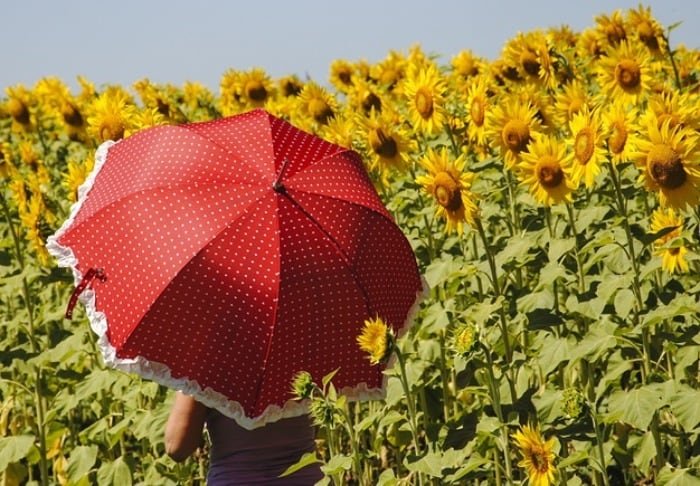
Pests and diseases of sunflowers and how to deal with them
As mentioned in the SelMagz home gardening education section, sunflowers usually attract many insects, and these pests and diseases can harm these attractive flowers. This often happens when autumn arrives, so in such cases, you should plant the seeds earlier.
Small gray butterflies:These butterflies feed on sunflower flowers and blooms.
Rust:
This occurs causing a disruption in the shape of the sunflower leaves and does not kill the plant but reduces its health. When this plant begins to grow, you should try to get rid of these blemishes as soon as possible.
Powdery mildew:When fungi infect plants, the leaves may become almost powdery, and over time, the leaves can dry out to the point of falling off. To get rid of this problem, you should remove the damaged areas.
Birds:They may eat sunflower seeds, and on the other hand, these flowers attract birds, which can naturally protect from pests, but these birds can also eat all the seeds of the plant, making it impossible to use its seeds, and the only way to solve this is to provide a covering for these plants.
Sunflower cultivationMethods of growing sunflowers
Types of sunflower seedsProperties of sunflower seeds



